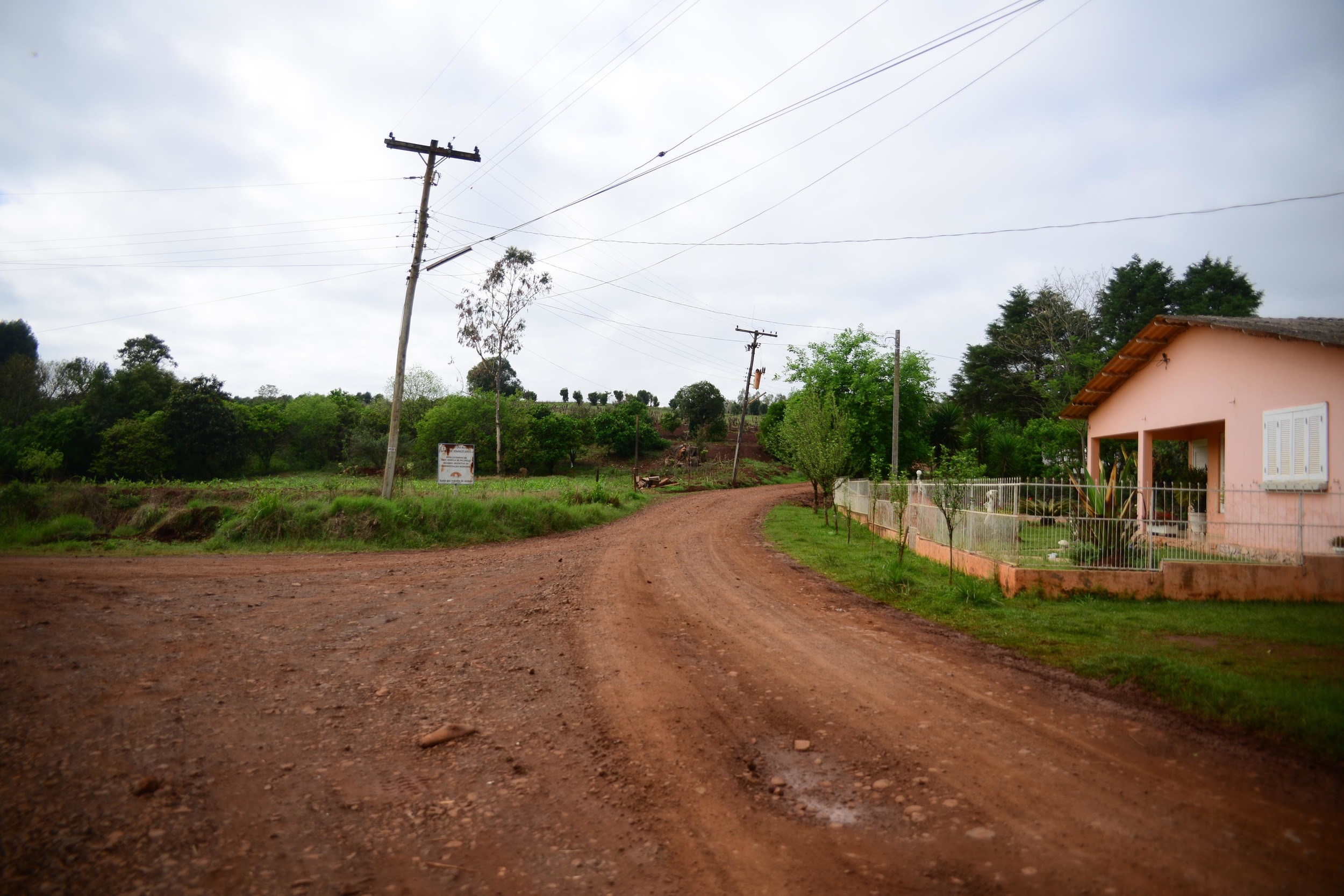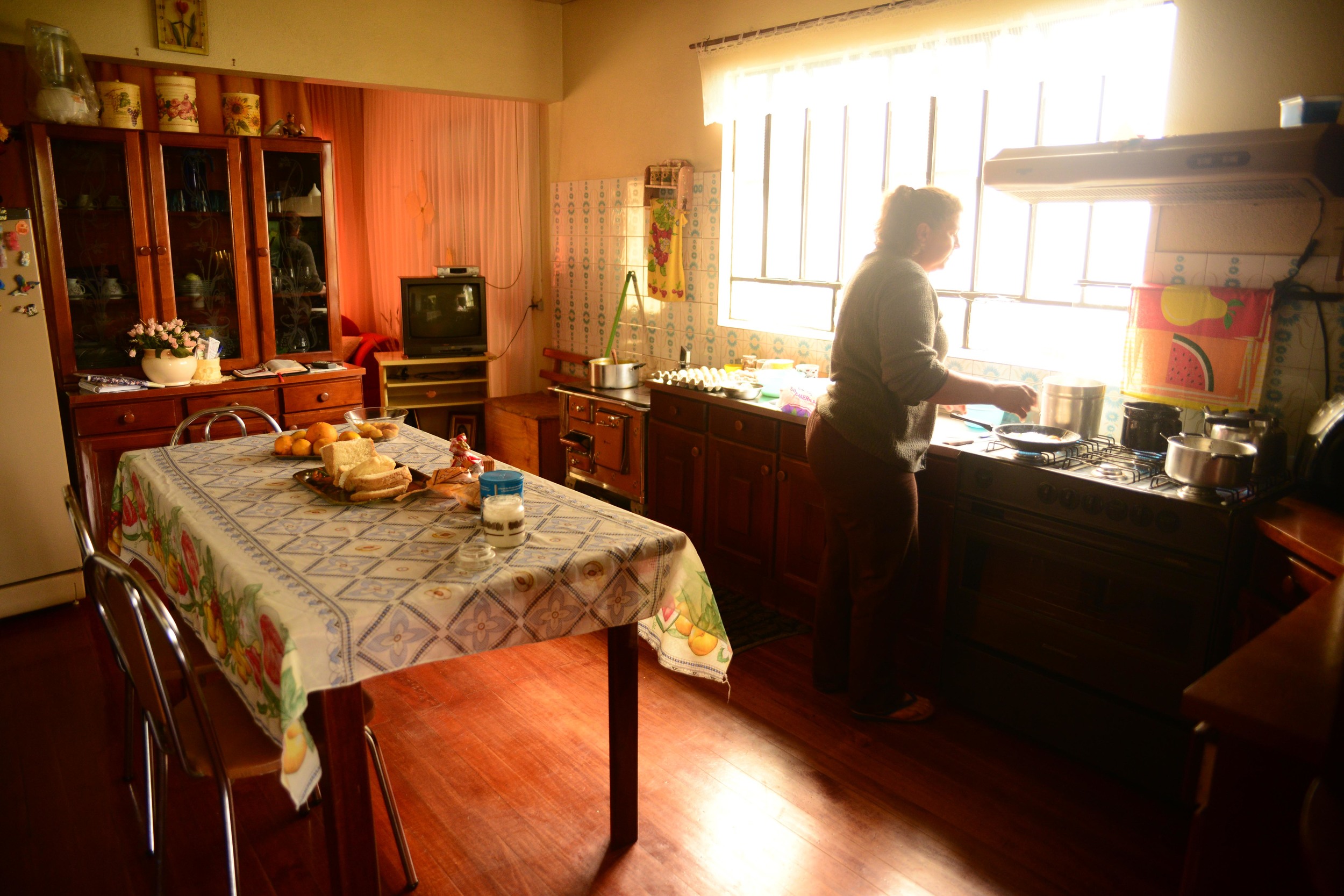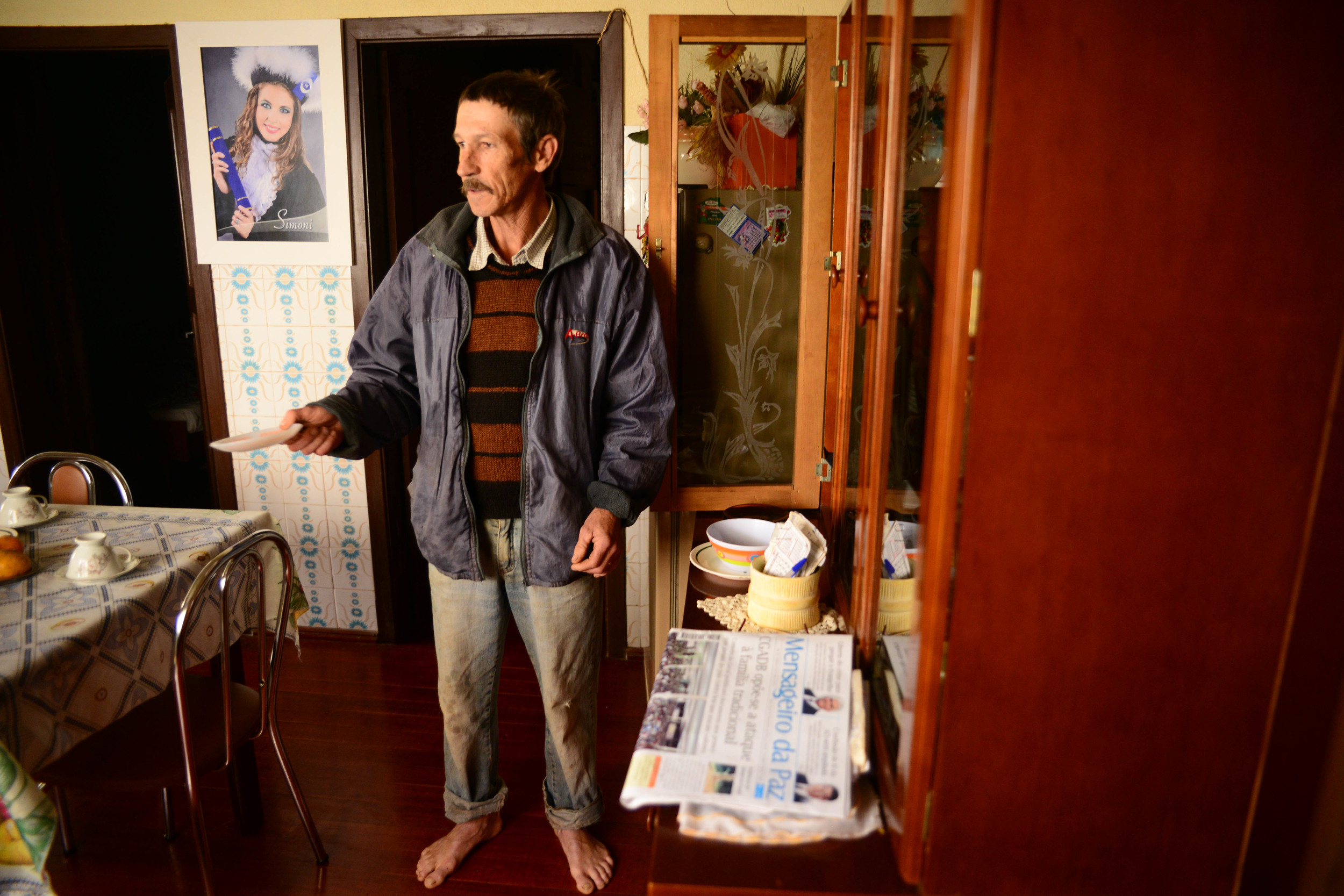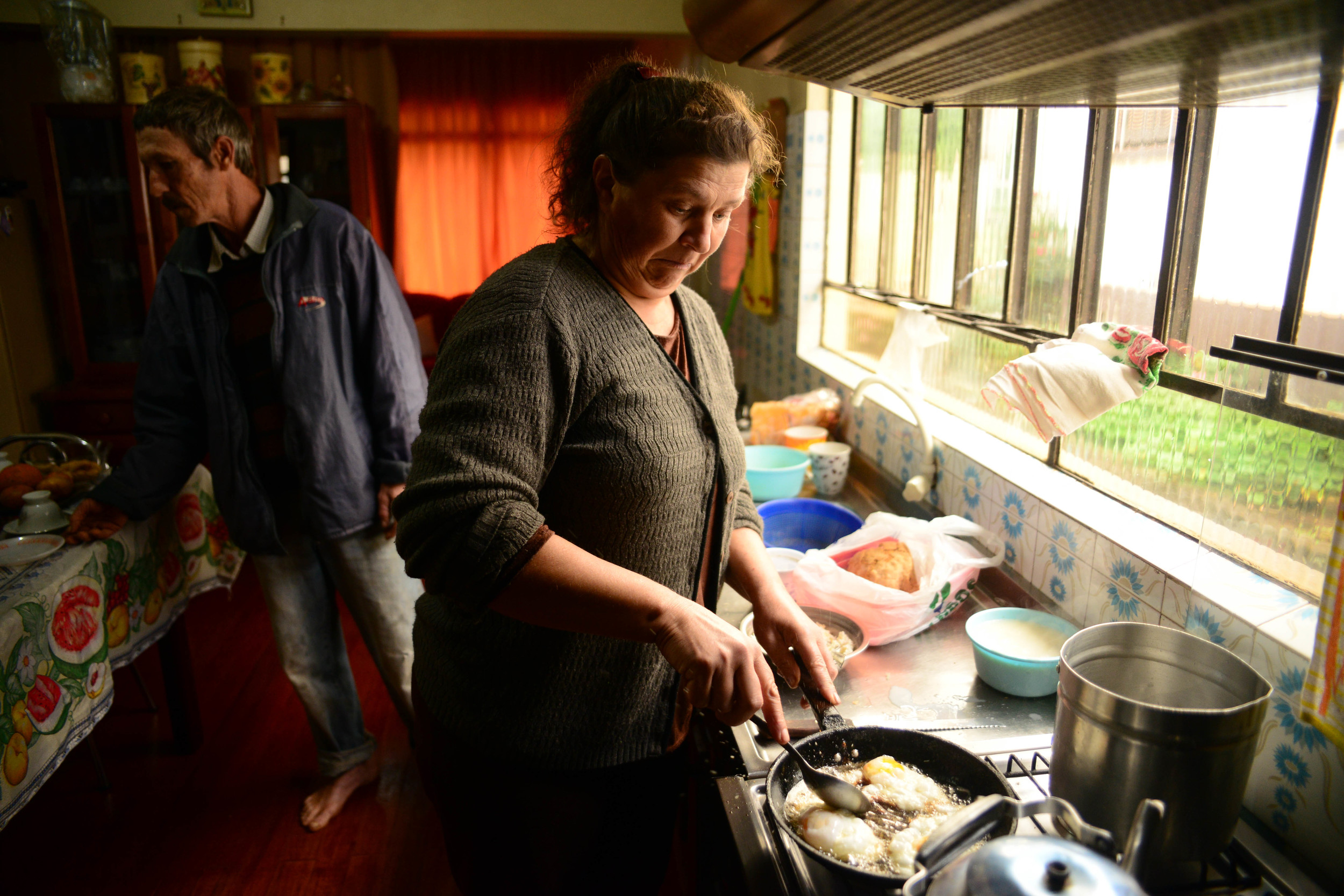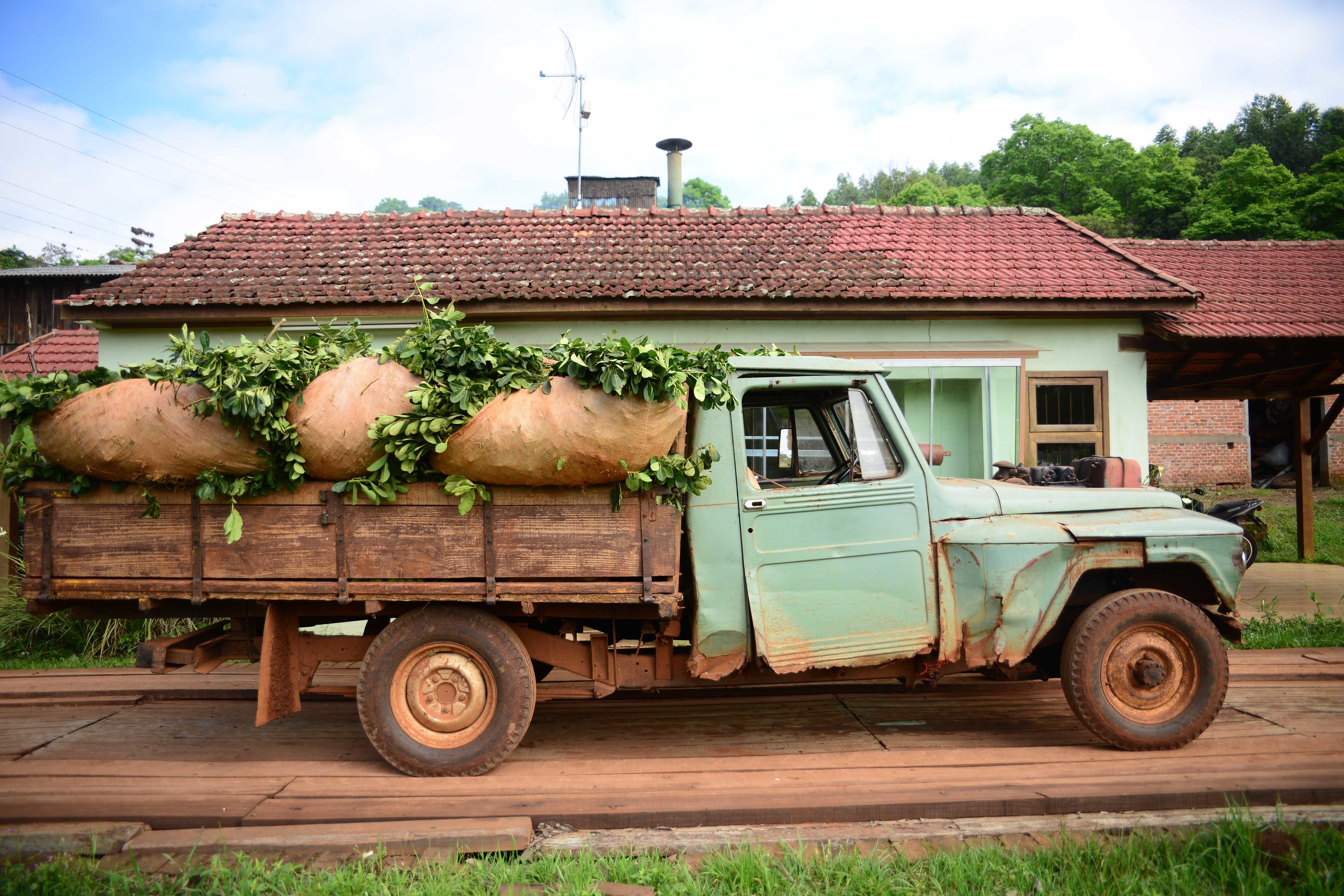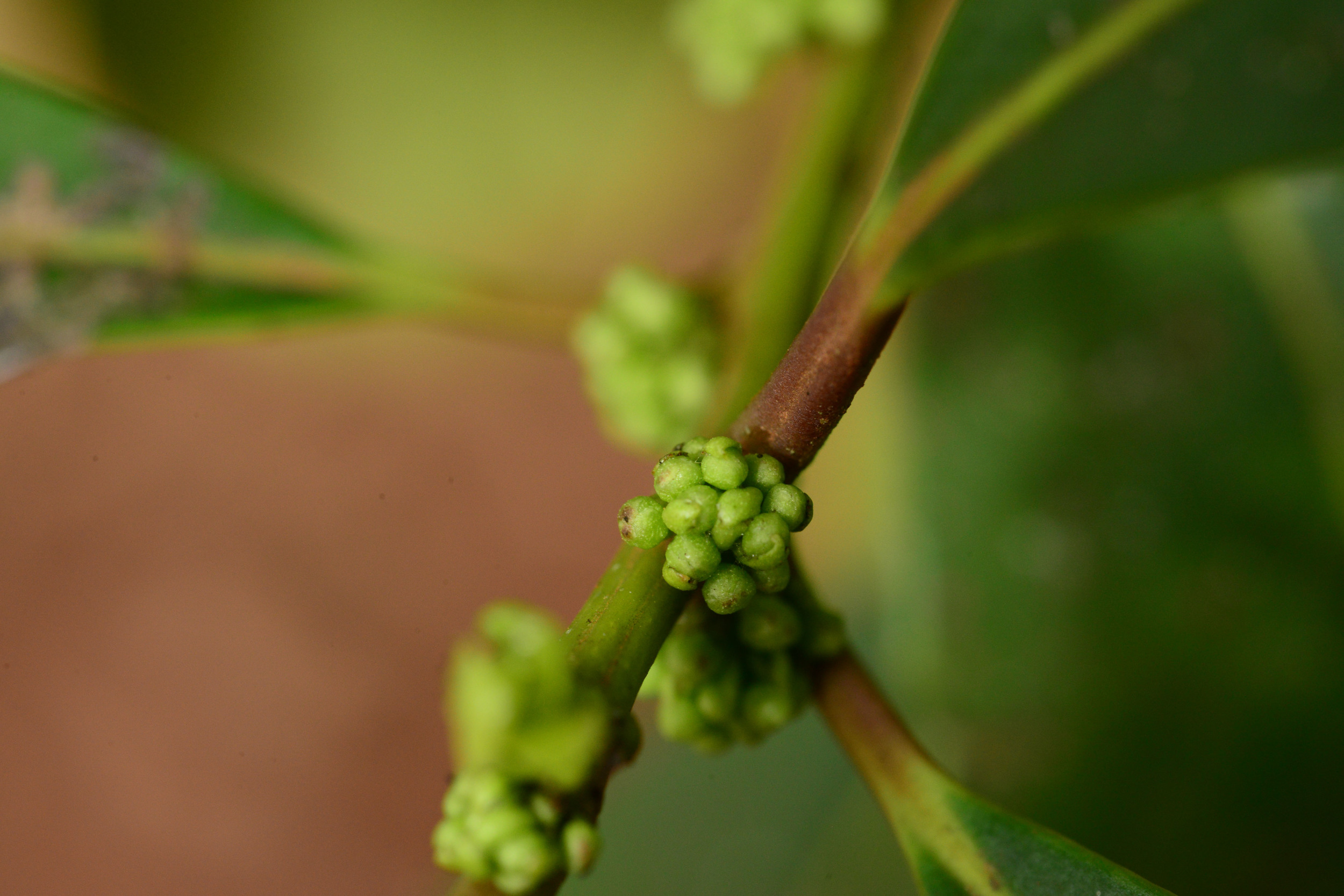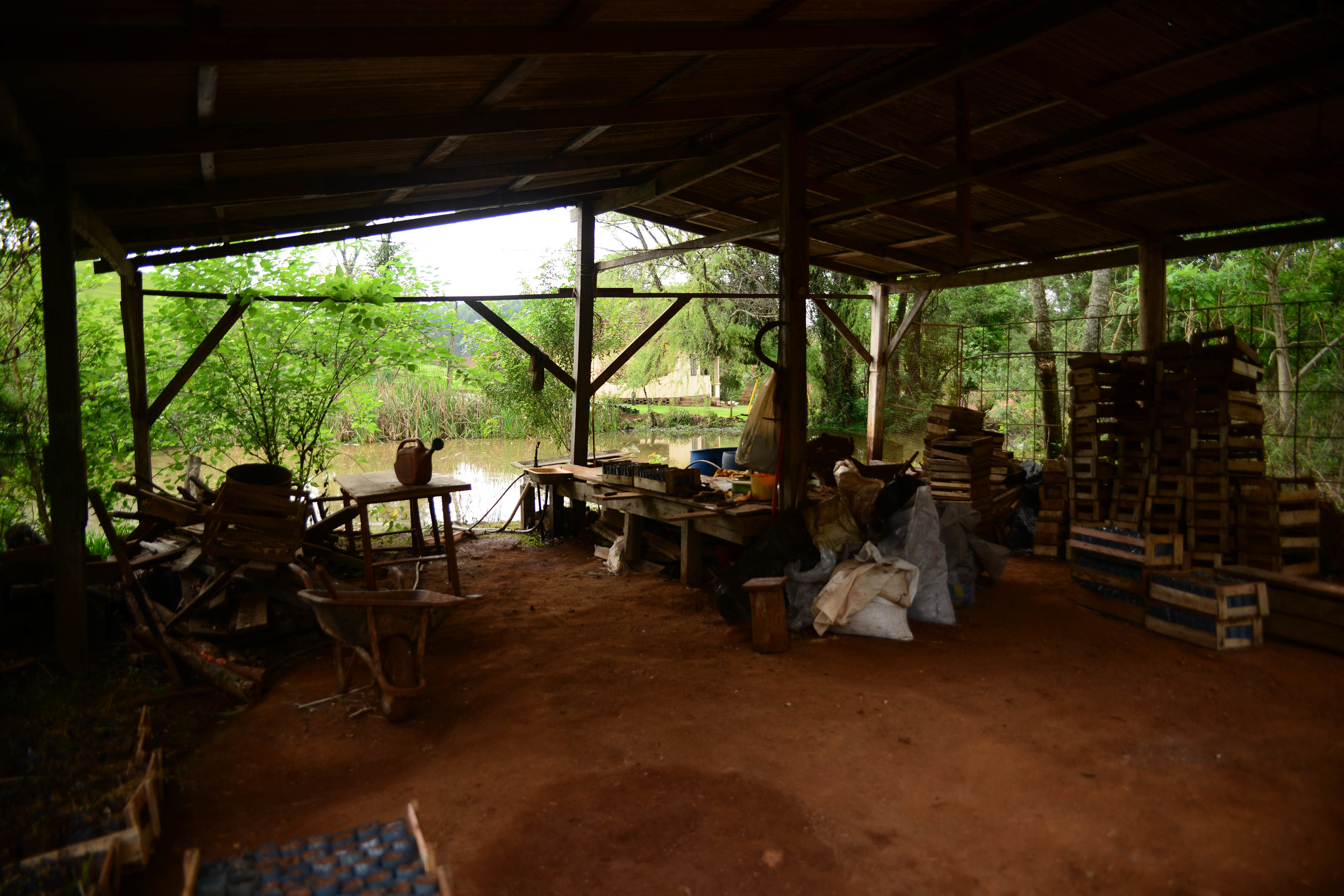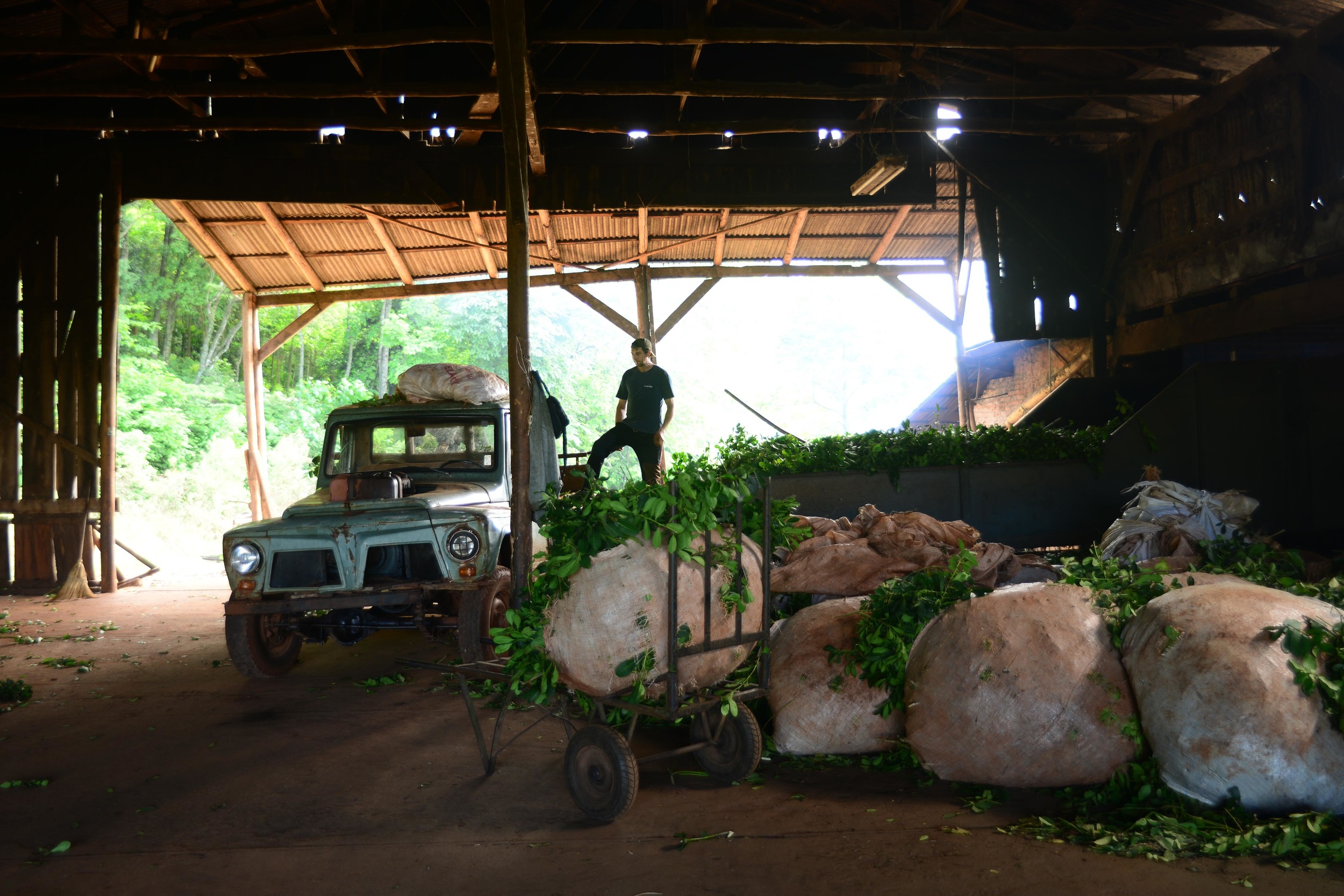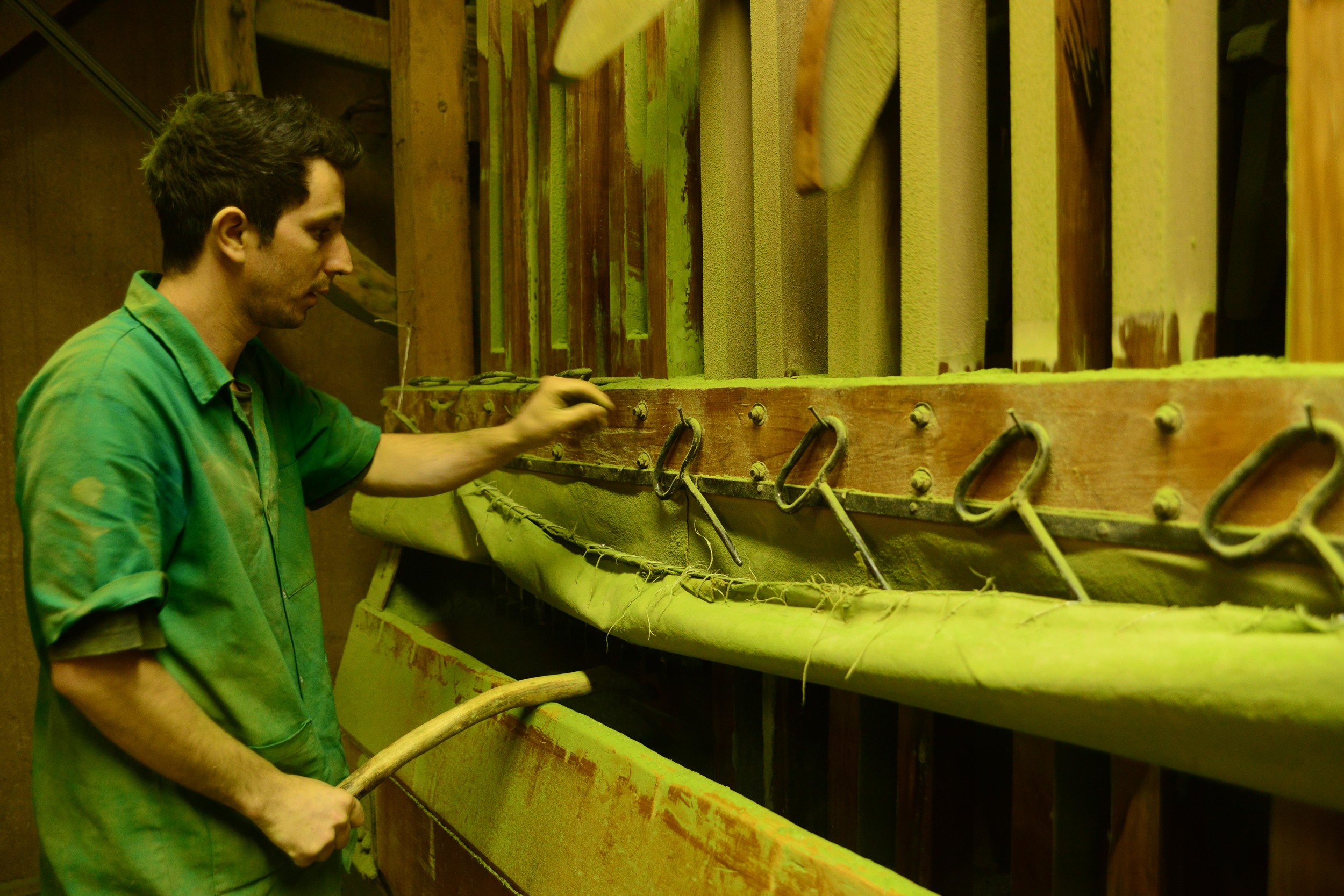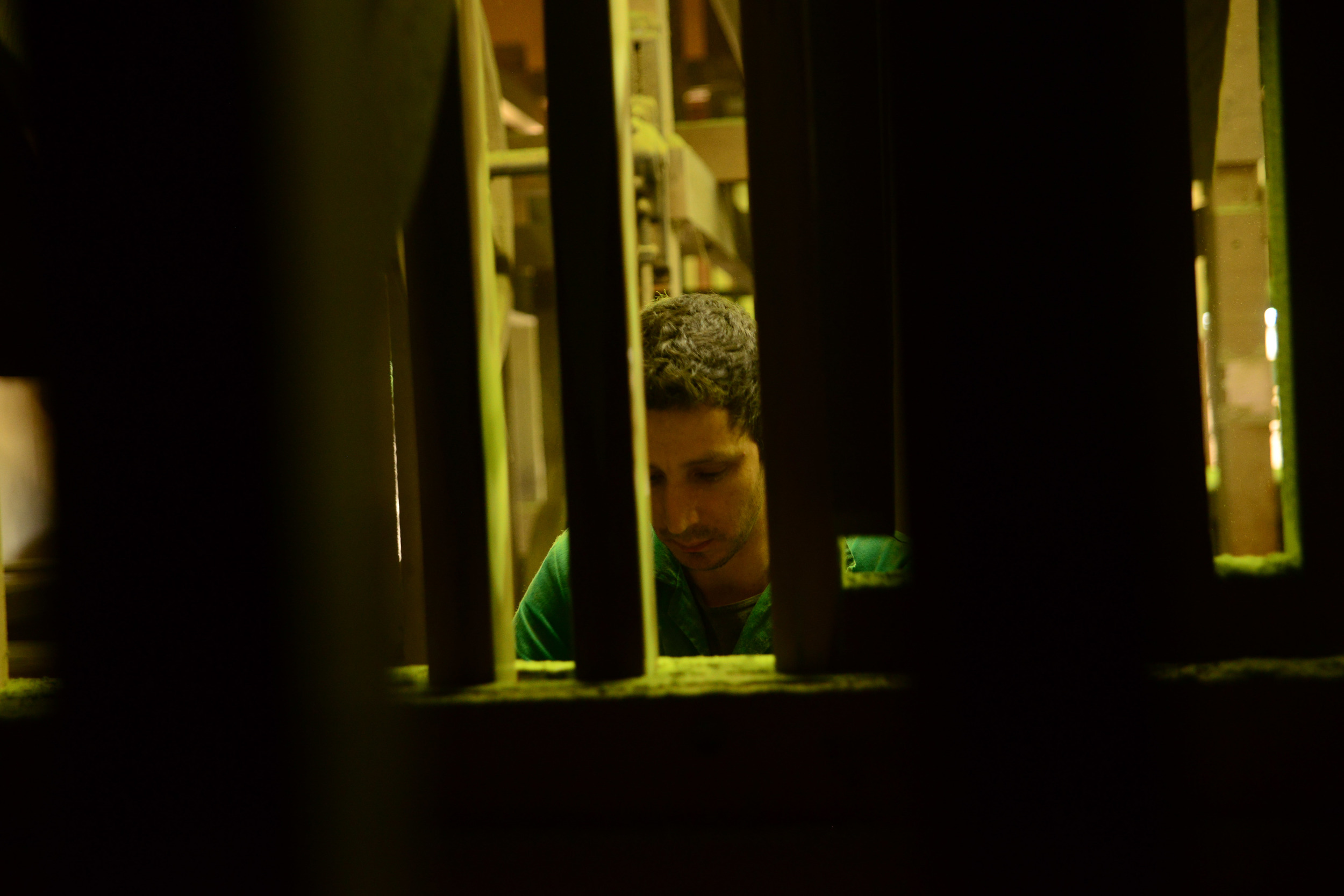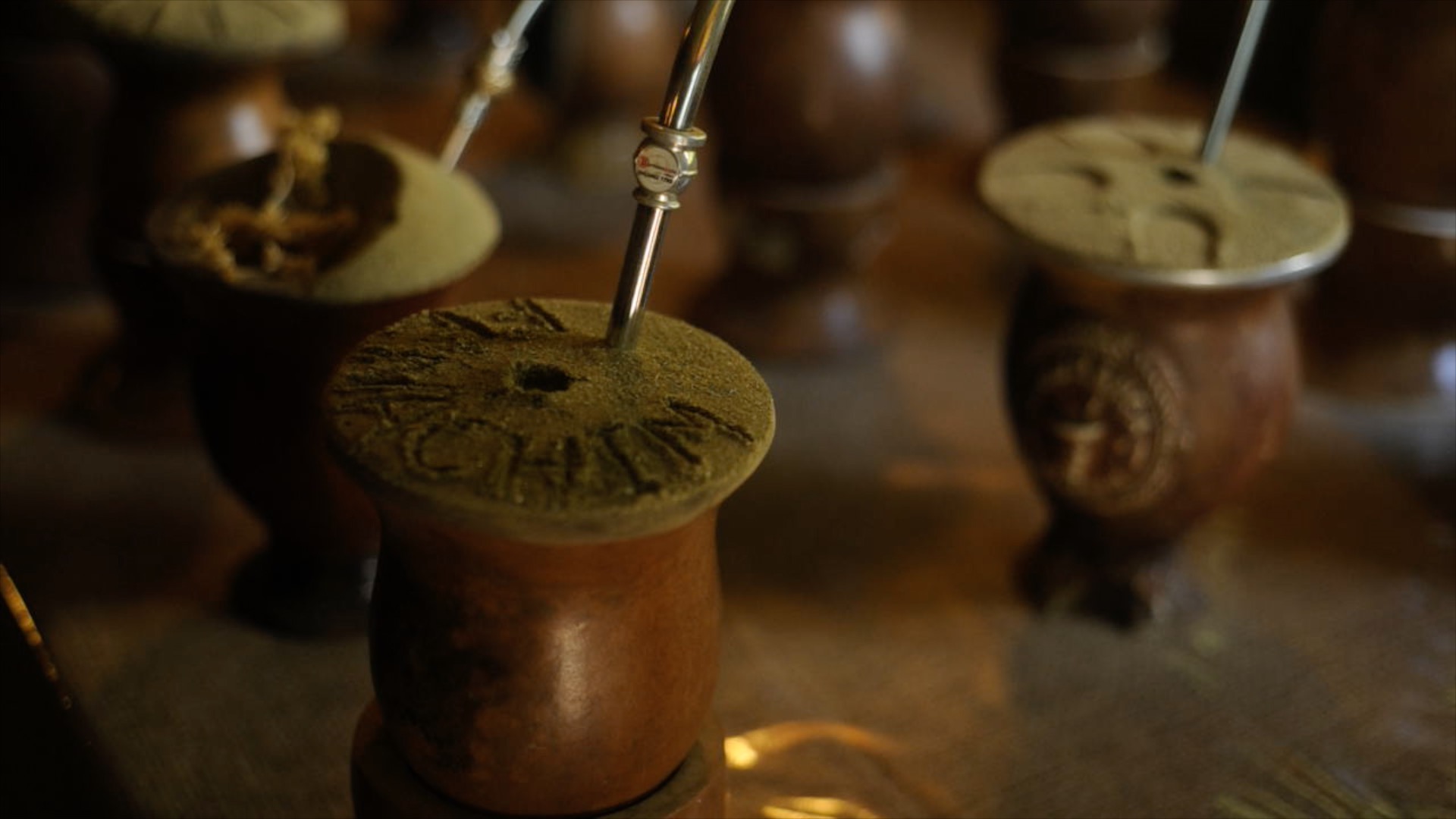Yerba mate, a cherished South American drink, begins its journey long before it reaches the cup. In Venâncio Aires, Rio Grande do Sul, Brazil, farmers carefully plant the yerba mate trees, tending to them with patience and expertise. As the trees grow, so does the tradition—passed down through generations—of harvesting the leaves, drying them, and preparing them for the long process of packaging. This ritual is not just about producing a beverage; it's a vital part of local culture and daily life. The hardworking hands of the farmers, the careful processing, and the dedication to quality all contribute to the deeply rooted connection between the land and the people who bring yerba mate to life.
From Seed to Sip: The Art of Yerba Mate
Yerba mate, a cherished South American tradition, begins with a simple seed, but the journey to a perfect cup of chimarrão is long and steeped in history. In the rolling hills of Venâncio Aires, Rio Grande do Sul, the heart of yerba mate production, the process starts with Miguel Clestes Saldanha, a man who, like so many others in the region, was born and raised in the land where this revered drink is cultivated. "I plant yucca, corn, beans, and yerba mate," Miguel says with pride, his connection to the land evident in his voice. He explains that it all starts with the seed. "It takes around a year and a half for the seed to be ready for planting," Miguel adds, showing the patience required for this delicate crop.
Once the plant beds are ready, the seeds are spread, and the real work begins. Miguel picks up his machete and heads to the trees. “The best way is to clean the smaller branches with your hands, and the thicker ones you cut and lay them on the cloth,” he says, demonstrating how the process of collecting the leaves requires both strength and care. It’s tough, grueling work that spans from sunrise to sunset, but it is work that connects him to his ancestors and to the traditions of the land. The journey from seed to leaf is not easy, but for Miguel and his fellow farmers, it is one that runs deep in their veins.
Further down the road, Valdir Oliveira, who has been running his seeding nursery since 1989, shares a different side of the yerba mate journey. Valdir harvests the seeds between February and March, collecting them from plantations in the surrounding areas. "The seed of yerba mate is very hard," he explains, revealing the effort required to prepare it for the ground. "We put the seed in the earth to wake it up and make it softer." After six months of care, the seed is ready to be planted either in small bags or in larger plant beds. It’s a meticulous process, but Valdir has made it his life’s work, feeling a deep satisfaction in every seed that takes root.
In the heart of the drying process, Selson Luiz Scherer, a man who has worked with yerba mate since childhood, takes over the next step. He’s worked with yerba mate in this very environment for years, overseeing the leaves as they move through the traditional sapeco—a method of heating the leaves over an open flame. “The yerba comes from the crops and goes to the sapeco,” Selson explains, before adding that the leaves are then dried and sifted. “The stick goes to one side, and the rest goes into sacks,” he continues, showing the careful separation that ensures only the highest-quality leaves are selected. For Selson, this stage of the process is a blend of art and tradition, ensuring that each batch retains the true essence of the plant.
João Batista de Souza, a yerba compressor, speaks with a sense of pride about the final stages of yerba mate preparation. "It arrives green upstairs," João says, guiding the leaves through the final process where they are ground, mixed, and then compressed. “It gets smaller, you know? When it’s only ground, it’s not as good,” he explains. Compressing the yerba mate is an essential step that enhances the foam in the chimarrão, making it richer and more flavorful. João’s dedication to his craft is evident in his careful handling of each batch. "I’m satisfied because it passed through my hands. We made it with a lot of care," he shares. His pride in the process reflects the respect that everyone involved has for the drink they are creating.
For Miguel, Valdir, Selson, and João, the work is not just about making yerba mate—it’s about preserving a legacy. “I’m proud of my land. I planted it all with my own hands and I’m proud of it,” Miguel says, his voice thick with emotion. It’s a sentiment shared by all who work the land. The process of making yerba mate is deeply personal, a reflection of both pride and connection to the land. "I like making yerba. I feel good in this job. Very proud," João adds, underscoring the sense of fulfillment that comes from working with such a culturally significant product.
In Rio Grande do Sul, yerba mate is more than just a drink—it’s a way of life. "They say the gaucho that doesn't drink chimarrão is not a real gaucho," Miguel remarks with a smile, encapsulating the importance of the drink in the region’s culture. The pride in their work and the joy of sharing this ritual with others is what drives the people of Venâncio Aires, and it’s this spirit that flows through every cup of yerba mate, from the seed to the final sip.

